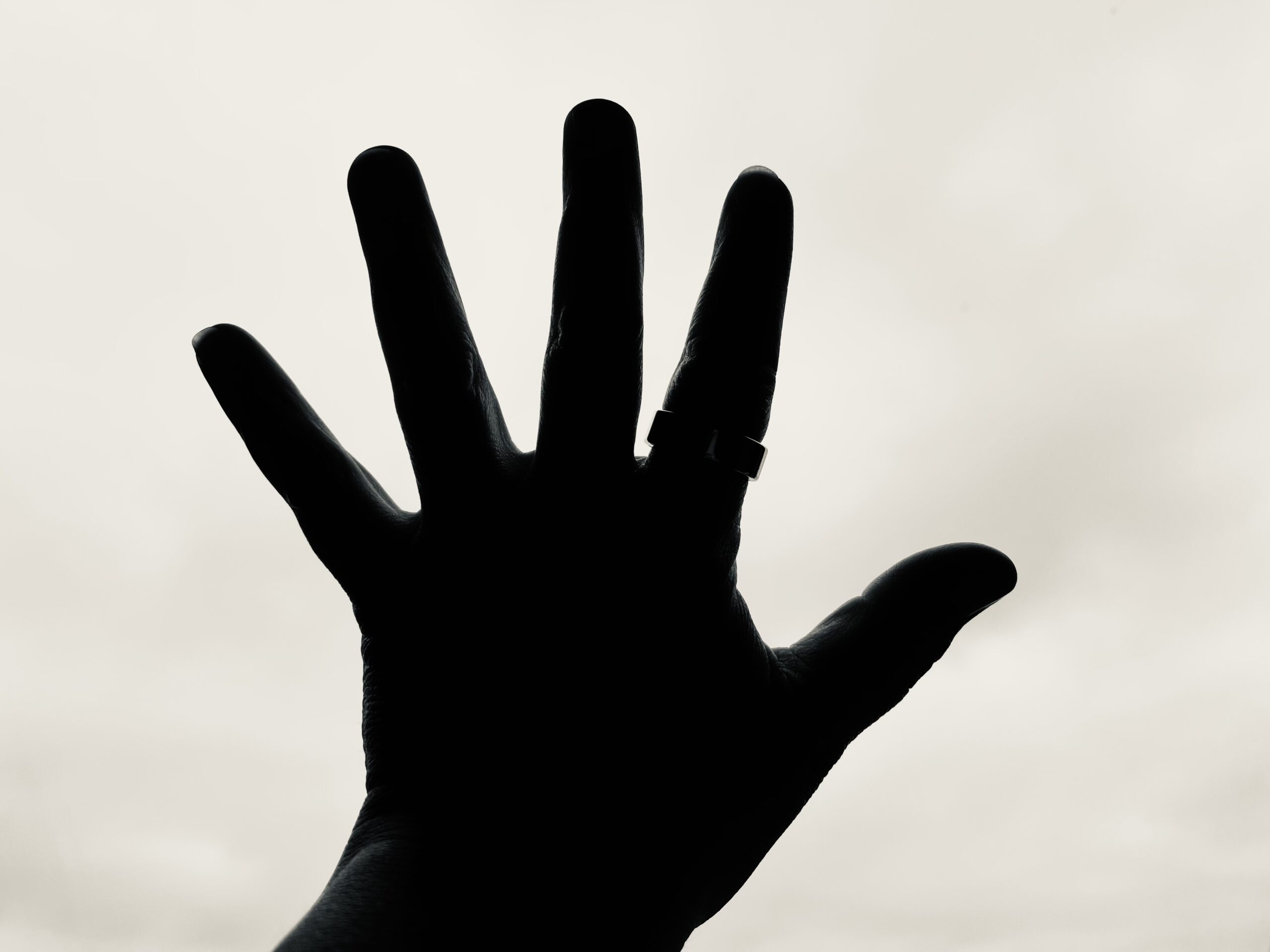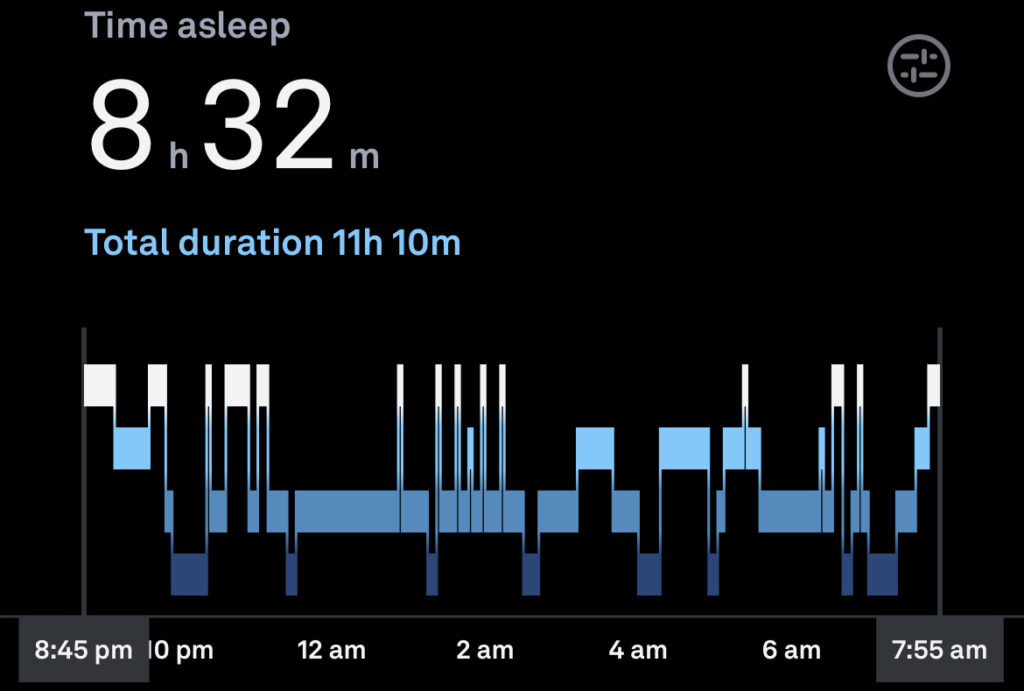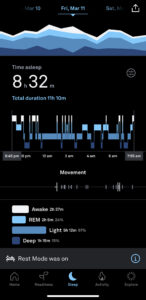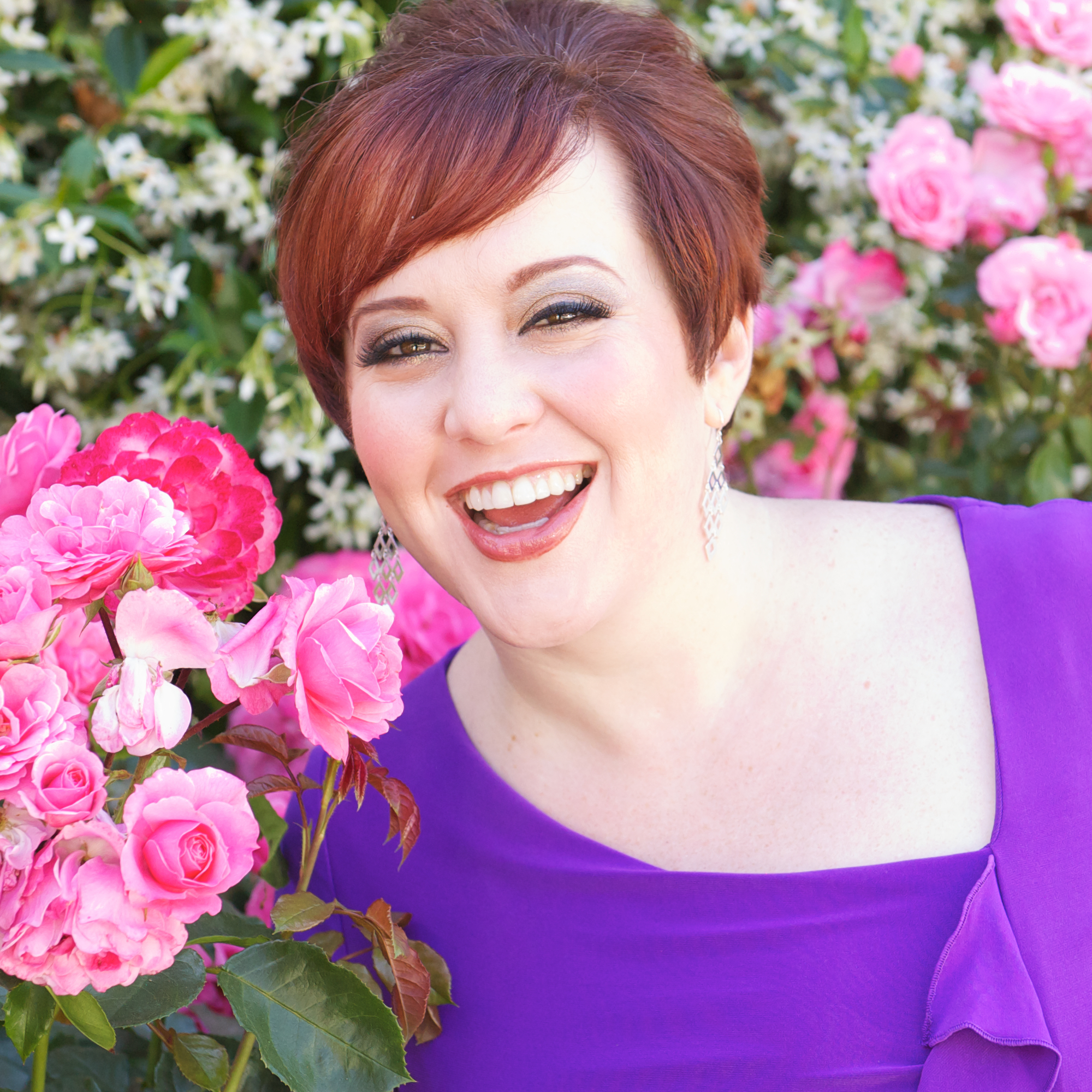
Why I Love My ŌURA Ring
I have always been a driven, Type-A, achievement-oriented person.
In my 44 years on this planet, I have built businesses, become a healer, cared for patients, taught nursing, traveled extensively, been recognised internationally for my work, authored a published book, thrived after trauma, become a partner, wife, and mother, lived in spectacularly beautiful “holiday” destinations, studied under masters in their fields, obtained higher education, created the first comprehensive cannabis training for working nurses, reflected deeply on my own psyche and philosophy, questioned (nearly) everything, and accomplished many other things I’m proud of.
But these achievements have come at a cost.
I’ve achieved much of this by pushing myself beyond my physical limits. I’ve always “powered through” to get things done, denying my body’s needs — even while meditating frequently and performing daily acts of self-care. As much as I actively listened to my body, I wasn’t completely hearing what it had to say.
I bought my ōura ring in the autumn of 2021 because I was 14 years old the first time I wondered if I had chronic fatigue syndrome, and in almost 30 years, I’d never gotten a satisfactory answer. I had never understood why I could sleep so much and still feel so tired upon waking. I was never interested in a device to track my steps, give me reminders that would shame me into changing my habits, or otherwise disturb my daily life. I am an achiever because I’m good at focusing. And, let’s face it, the sheer number of times I ask my family, “Have you seen my phone?” each day are a clear indicator of how I dread being tethered to that constant source of interruptions.
My ōura ring has been a game changer.
It is unobtrusive (except when the tiny green lights go on to measure my vital signs), and does not “speak” to me in any way. The only way it communicates with me is through the app on my phone, which, wonderfully, can’t interrupt me when I walk away from the phone.
This little device lets me monitor my stress levels and my sleep patterns. I have spent years trying to improve my sleep, including a sleep study in my late 20s to see if there was something wrong with my sleep patterns (there wasn’t).
Sleep is critical to health. I’ve never seen a study that contradicts this, and as someone who teaches lifestyle medicine and the endocannabinoid system, I’ve seen more and more evidence piling up to support this fact, even beyond my own personal hunger for a truly restful night.
In 1998, scientist and researcher Dr. Vincenzo Di Marzo identified the five main functions of the endocannabinoid system (ECS) as regulating: sleep, relaxation, appetite, the immune system, and memory. Scientists who study this system now understand that the ECS is the master regulatory system of the entire body. Its job is to balance the body, and it does so in such subtle ways that our technology has only been able to “discover” it within the last 50 years.
The ōura ring monitors two of these essential 5 functions, and the additional vital signs it tracks can only help in our understanding of the human body. Rather than getting “normal” values via observation of sick people, the ōura ring lets us individually track our bodies at our best, our worst, and all the stages in between.
For me, the ōura ring has given me a clear understanding of my sleep challenges.

I get enough sleep (typically 7+ hours, often 8-9 hours per night), but I wake up frequently throughout the night. On a bad night, I can wake up 8-13 times over a 7-10 hour “block” of sleep. But I didn’t fully grasp the frequency or severity of this until I got my ōura ring.
From studying infant and child sleep research, I’d always heard it was normal to wake in the night. I’d read that as adults, we were used to this and typically go right back to sleep, so we usually didn’t remember waking. Since infants and toddlers don’t have as much practice in this, they often cry upon waking even once they’re past needing to feed every few hours. The idea behind sleep training is that they need practice, and once they learn how to go back to sleep on their own, they’ll sleep through the night.
My ōura ring helped me put my own nightly waking into perspective.

I don’t use my ring because I’m an elite athlete or I’m tracking my daily steps — I use it to understand my body better and to increase my health and wellness in an evidence-based, self-empowering way. I use my ring because I am a self-researcher/-explorer who has spent her life seeking ways to feel both more energised and more relaxed in her daily life.
I had a back injury working as a labor and delivery nurse in my 30s, but have suffered from lower back pain since I was in my early 20s. I believe my poor sleep made this worse. I’ve never really found a pillow I loved, and I toss and turn frequently in the night from pressure points and back discomfort. I’m always aware that my tossing and turning could interrupt my husband’s sleep, so when we travel and find ourselves in a small double bed, my sleep is even more interrupted.
I knew this instinctively, but the data from my ring makes it so much clearer which factors are interfering with my best sleep. It’s also made it clear just how much I needed to replace my mattress. I no longer see prioritising my sleep as optional, and I know where to spend my efforts (and my money) to make the biggest impact.
As much as I hate going to bed early, I can also see how going to bed earlier does actually give me a more restful night. It’s hard to deny the evidence in front of my own eyes.
This little device — one I can almost forget I’m wearing — has shown me what really makes my body feel both comfortable and energised.
It shows me how much recovery I personally need — ignoring what my ego thinks I should need.
With an imbalanced autoimmune system, the ōura ring shows me the results of pushing myself too hard. It’s teaching me to be even more gentle with myself than I thought I should be.
It shows me concretely how my “little” daily habits — such as sitting outside with my feet on the earth — decrease my stress levels and dramatically improve my wellbeing. Ten minutes a day with my toes in the grass increases my heart rate variability, decreases my resting heart rate, and makes me feel more vibrant and content throughout the day.
It shows me that physical activity is good for me (which I already knew), but also that my body takes longer to recover than I thought it did (or longer than my ego wants to admit).
The ōura ring is the first device I’ve found that is easy to fit into my lifestyle. It is simple, non-distracting, and provides information that is actionable. I can evaluate the changes I implement as I make them without needing someone else to interpret or analyse them.
ŌURA empowers me to make meaningful shifts with maximum benefits.
Reference
Russo, E. B. (2020). Introduction to the endocannabinoid system. EthanRusso.org. http://ethanrusso.org/wp-content/uploads/2020/02/Russo-Introduction-to-the-Endocannabinoid-System-Revised-January-2020.pdf

Author, activist, international speaker, multi-preneur, mentor, wife, and mom, Ariana Ayu is a Transformational Mystic and a Catalyst for Conscious Change.
She is the creator and lead educator for the CannyNurse™ Certificate Program, a 50-hour CEU program for nurses from LPNs through doctoral degrees, and the first comprehensive cannabis nurse training program designed for working nurses. An ordained priestess, holistic healer, and lifelong student of ancient/ modern wisdom, Ariana’s nursing background includes pediatrics, labor & delivery, nurse education, and Holistic Health/ Integrative Nurse Coaching.
She earned her MSc in Advancing Nursing Practice from the University of Edinburgh in Scotland (UK), and her Cannabis Nursing Certification from Pacific College of Health and Science.
She is passionate about racial justice, social equity, environmental preservation and conservation, and empowered health, wellness, and joy for all. Her practice is governed by the ethical principles of integrity, nonjudgment, empowerment, and respect for her clients’ autonomy.